New solar cells for a more efficient energy
A research produced entirely in the Basque Country between Polymat, Ikerbasque and CIDETEC and financed by the Basque Government, represents a turning point in the field of solar cells based on perovskites. The research, based on an innovative technique known as “Fullerene Saturation Approach”, achieves energy conversion efficiencies similar to or higher than existing ones and significantly reduces energy costs hence further facilitating marketing. The publication of the results has been rated as a VIP (Very Important Paper) by ChemSusChem magazine, a category reserved for highly innovative research, which has been long awaited for by the scientific community and leads to a new theory or mechanism.
Solar energy is probably the best alternative to using fossil fuels, since the Earth receives in just one hour all the energy that the entire world population requires for a whole year. The challenge ahead is to be able to efficiently transform all that solar energy into electrical energy. An investigation produced entirely in the Basque Country between Polymat, Ikerbasque and CIDETEC is a turning point in technology that will achieve this challenge.
Currently more than 85% of the photovoltaic market corresponds to modules based on silicon wafers that show energy conversion efficiencies of around 15%. This technology still has a high cost in comparison to conventional methods of producing electricity and the efficiency energy conversion certainly needs to be improved.
In recent years, solar cells based on perovskites -clasified by the prestigious Science magazine among the 10 most significant scientific breakthroughs in 2013- have shown great potential, achieving energy conversion efficiencies in excess of 22%. However, some of the proposed materials still present some limitations, especially in terms of robustness and are therefore susceptible to improvement.
Finally, the solar cell manufacturing technology by means of wet fullerene chemistry, allows for the preparation of flexible devices, which could be incorporated on any surface.
http://onlinelibrary.wiley.com/doi/10.1002/cssc.201600051/full
Ramón Tena – CIDETEC (rtena@cidetec.es)









